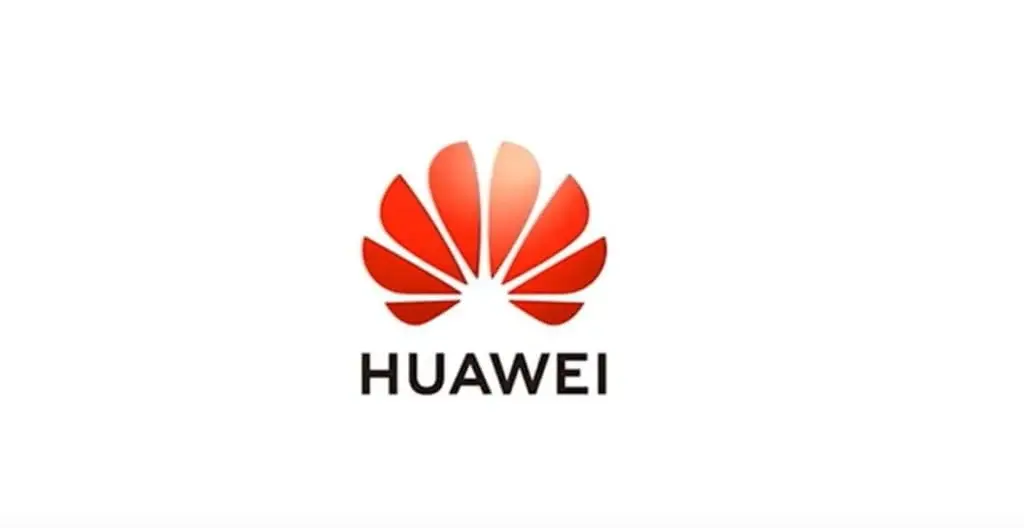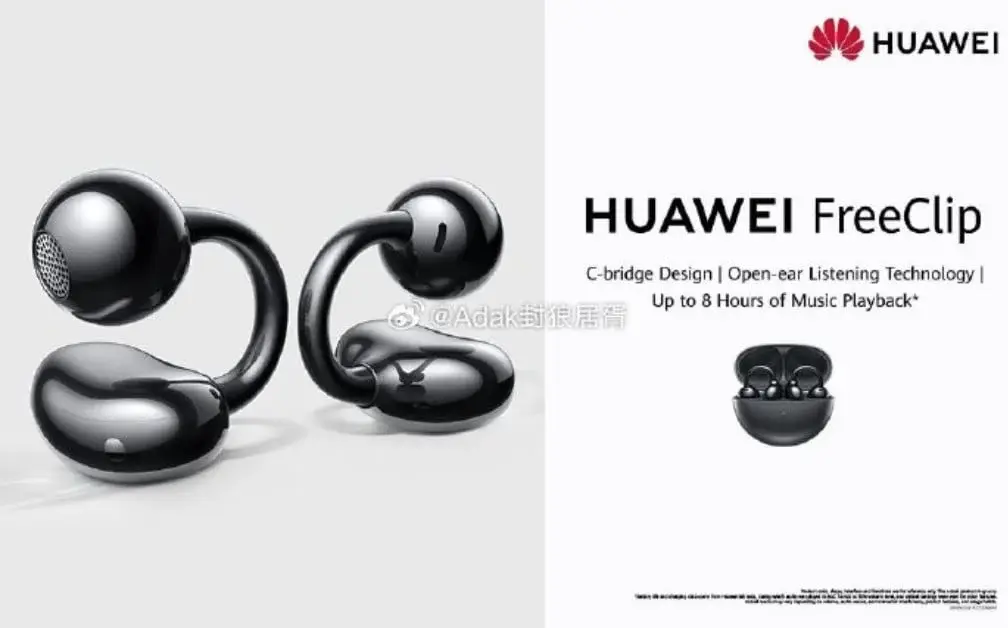Huawei Takes Legal Action Against Xiaomi Over Foldable Smartphone Patents
In the realm of intellectual property rights, theft becomes a more intricate matter than the physical pilfering of an item. Consequently, courts often serve as battlegrounds where seemingly straightforward cases can transform into protracted struggles. As a result, numerous companies find themselves frequently assuming the roles of either defendants or plaintiffs in legal disputes.
Currently, a similar scenario is unfolding between Xiaomi and Huawei. These two tech giants are embroiled in a legal battle, presenting their case before a judge in a copyright infringement lawsuit. Xiaomi has accused a Huawei executive of distorting facts in their ongoing patent dispute concerning foldable smartphones.
The Details of the Case
Huawei has taken legal action against Xiaomi, claiming that the latter has infringed upon its patents pertaining to foldable smartphones. The lawsuit alleges that Xiaomi's devices, including the Mi Mix Fold, violate Huawei's intellectual property rights. The legal battle centers around the design and technology employed in these foldable devices.
Xiaomi, on the other hand, has countered by accusing a Huawei executive of misrepresenting facts in the patent dispute. They argue that Huawei has failed to provide sufficient evidence to support their claims of patent infringement. Xiaomi asserts that they have conducted their own research and development to create their foldable smartphones, which do not infringe on any of Huawei's patents.
A Complex Legal Battle
As with many intellectual property disputes, this legal battle between Xiaomi and Huawei is expected to be a complex and protracted affair. The intricacies of patent law and the need for detailed technical evidence make these cases particularly challenging to resolve. Furthermore, the stakes are high for both companies, as the outcome of the case could have significant financial and reputational implications.
Conclusion
The ongoing legal battle between Xiaomi and Huawei over foldable smartphone patents highlights the complexities of intellectual property disputes. Both companies are firmly entrenched in their positions, with Huawei alleging patent infringement and Xiaomi countering with accusations of misrepresentation. As the case progresses, it remains to be seen how the court will navigate the intricate web of patent law and reach a resolution.










